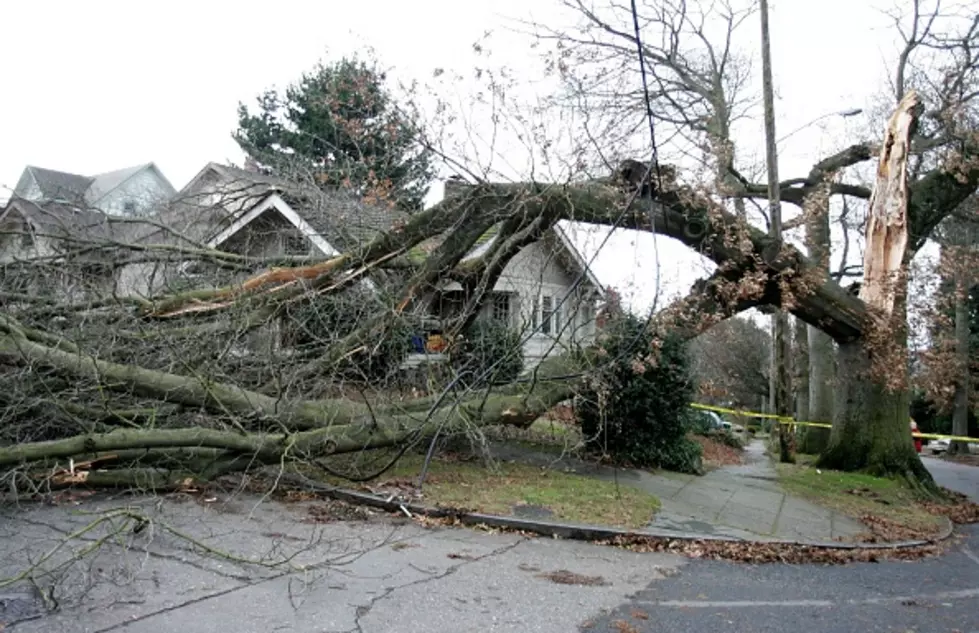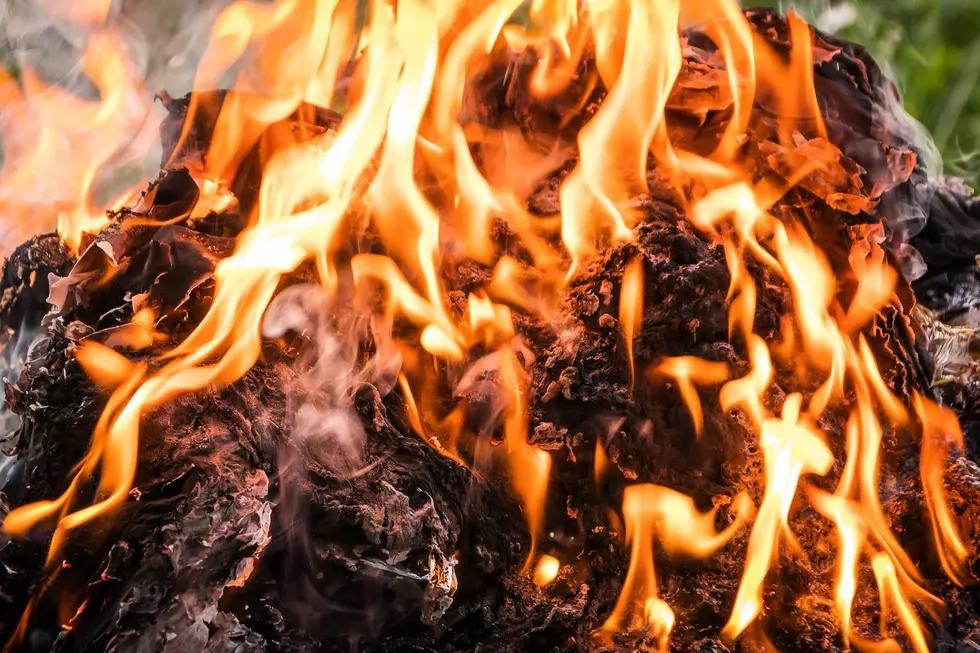
Severe Thunderstorm Watch For Much of New York State
It’s been a relatively easy summer for those in Western, Central and Upstate New York. There was even a period of a week or two where very little rainfall came out way.
While we have seen some rain and thunderstorms since May, many residents are preparing for what will be the most severe and potentially dangerous weather we have seen this year.

The National Weather Service has issued a Severe Thunderstorm Watch for much of New York State from 6-10 pm tonight.
These storms could produce wind gusts of 70 mph, one-inch sized hail, lightning and heavy downpours. There is also the possibility of isolated tornadoes with these storms.
While Erie and Niagara counties are not in the watch area, they will also see heavy thunderstorms passing through.
We have known the threat of severe weather could happen since Friday, but we now know the timing and potential severity.
The worst of the storms will be early to late evening. 6 pm to midnight and even into the early morning hours of Monday morning.
If you plan to be outside this evening or driving, use extra caution and take things slow if you get caught out in one of these storms. Also be sure to have alerts turned on for weather updates, as thunderstorms of this severity can move very quickly and pack a punch.
Stay safe out there for Sunday evening.
KEEP READING: Get answers to 51 of the most frequently asked weather questions...
LOOK: The most extreme temperatures in the history of every state
LOOK: The most expensive weather and climate disasters in recent decades
More From WIBX 950








